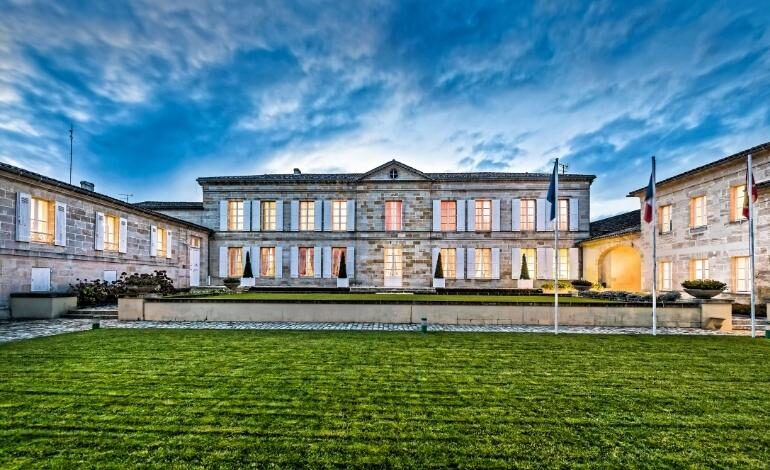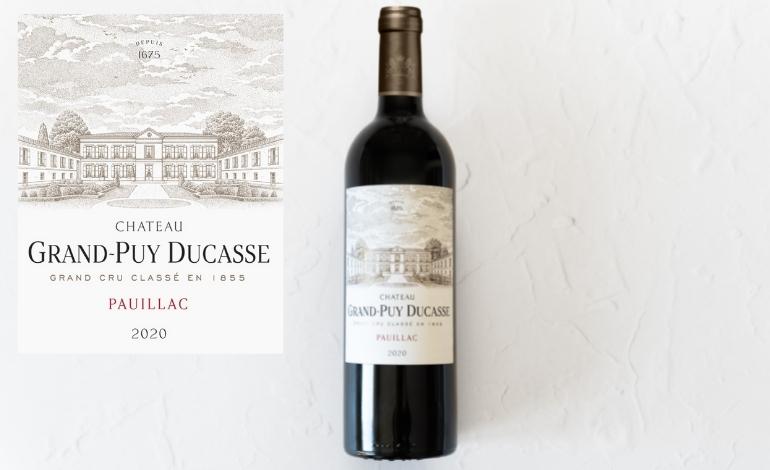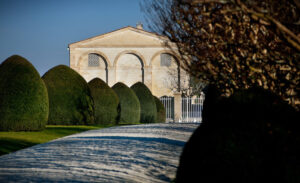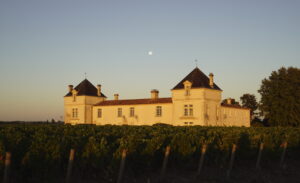A new label for Grand-Puy Ducasse


At Château Grand Puy Ducasse, the 2020 vintage marks 200 years of winemaking and barrel ageing in the estate’s famous cellars on the quays of Pauillac. 2020 also saw the launch of Grand Puy Ducasse’s “Renaissance” project. Dressing the château’s bottles in a brand-new label thus seemed like a natural choice
Looking back over the long history of Château Grand Puy Ducasse
The estate was founded in 1675. In 1750, Pierre Ducasse acquired around forty hectares in Pauillac. Château Grand Puy Ducasse’s premises near the port of Pauillac date back to 1820 (hence the anniversary celebrations). It was not until 1932, when ownership of the estate changed hands, that the château took on the name by which we know it today: “Grand Puy Ducasse”. In 1971, Bordeaux merchant Mestrezat purchased the estate. It was later sold to CA Grand Crus (Crédit Agricole Group) in 2004. Since 2010, Anne Le Naour and her team have been steadily developing the quality of the estate’s wines.
And what about the vineyard?
The 40 hectares of Grand Puy Ducasse, a fifth Grand Cru Classé in the 1855 classification, comprise some 60 plots scattered across the Pauillac appellation. The majority of the vineyard is planted with Cabernet Sauvignon, along with some plots of Merlot in the quintessentially-Médoc gravel soils found along the banks of the Gironde Estuary.
So why change the label?
The spirit of technical renewal and commitment to quality injected into the estate since 2010 have elevated Château Grand Puy Ducasse to a new level. The former Grand Puy Ducasse label was no longer in keeping with the level of quality attained at the château. Furthermore, one central element of the former design was the Suduiraut family coat of arms, adopted following the wedding of Pamela Ducasse to Edouard Duroy de Suduiraut, but which is by no means exclusive to this estate. Furthermore, the Château built in 1820 on the quays of Pauillac did not feature on the label, despite the fact that it is an iconic presence and a rarity among Médoc châteaux. It soon became clear to the team that Grand Puy Ducasse was in need of a new suit of armour, tailored to match its new ambitions.
So why 2020?
The COVID crisis of 2020 put paid to countless events and engagements, leaving the team with time to explore the Château’s archives. The fruits of this research include the discovery that the first vintage to be produced in the château’s riverside cellars dates back to 1820. 1820 – 2020: 200 years of winemaking at the château. The 2020 vintage was one of great symbolic significance for the estate, and seemed like the perfect opportunity for a change of label. This sense of reconnecting with the past informed Grand Puy Ducasse’s “Renaissance” project, also launched in 2020, which focused on renovating the château and its production facilities.
What does the new label look like?
The château itself now takes pride of place on the label. As well as symbolising the estate’s history and identity, the newly-designed label neatly mirrors the ongoing renovation of the château itself, which will be ready to welcome visitors in 2024. The coat of arms with its two lions now features on the capsule. The date “1675”, corresponding to the first written evidence of the estate’s existence, appears beneath the coat of arms. We particularly like the attention to detail on display in this new design, with the bronze gilt of the capsule chosen to echo the dominant colours of the renovated château and cellar.
A meticulous rebrand with a fine eye for detail is all part of the estate’s broader renovation project, which we will be following with great interest.
Marie-Pierre Dardouillet







